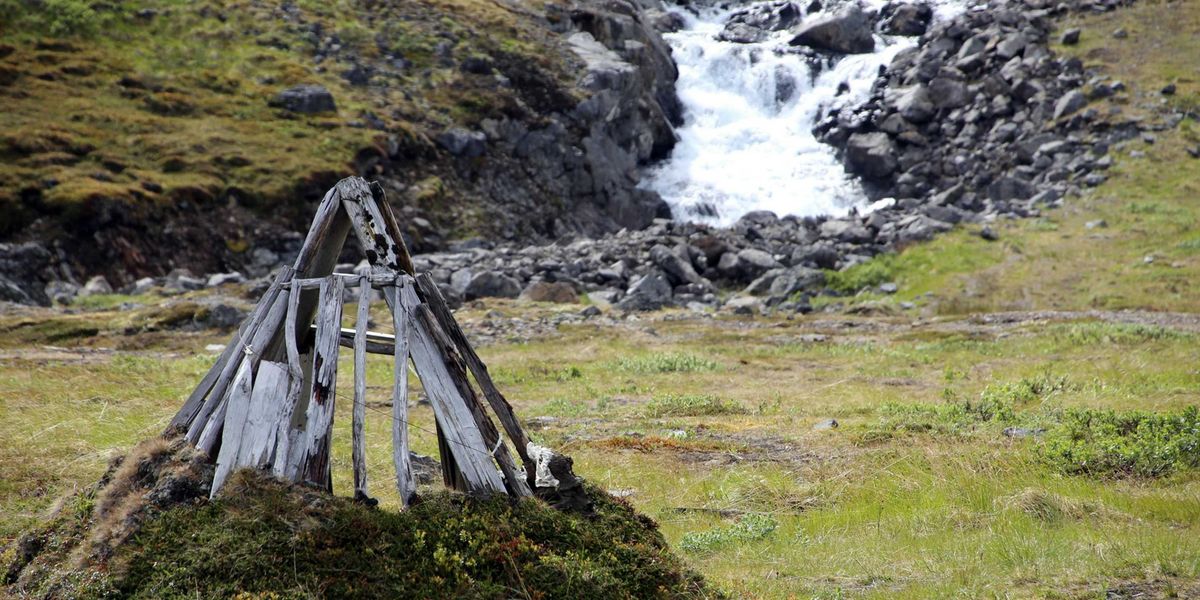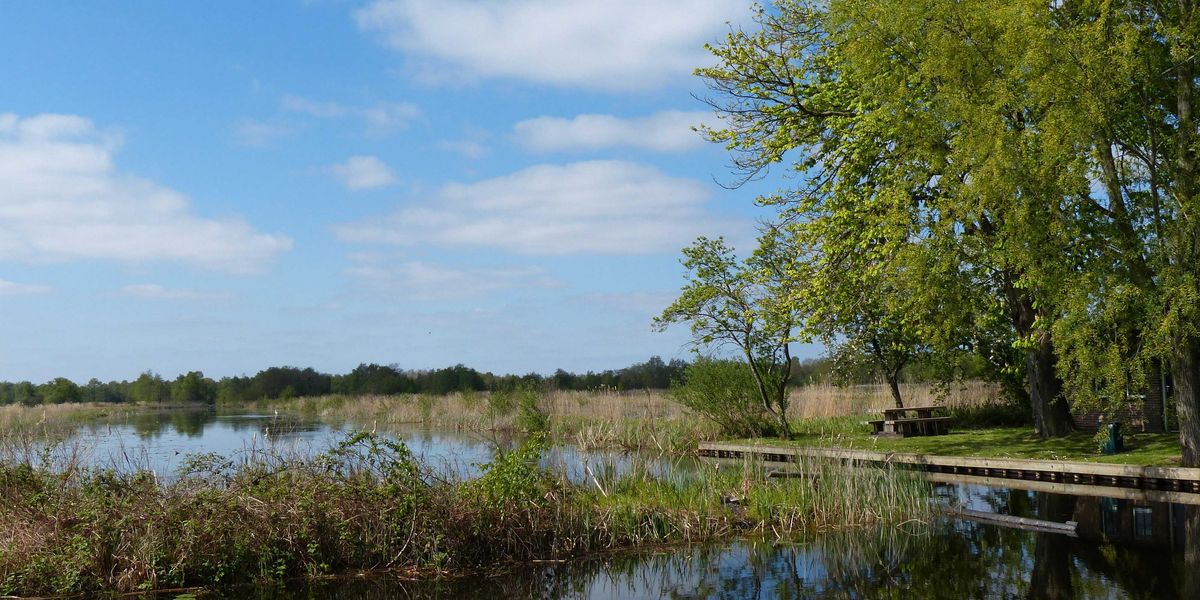Flood insurance costs force tough choices in Louisiana’s flood-prone communities
Rising flood insurance premiums in Louisiana, driven by new federal risk assessments, are pricing out residents and pushing many to drop coverage, leaving them vulnerable to worsening flood risks.
Elise Plunk reports for Louisiana Illuminator.
In short:
- Louisiana lost 70,000 National Flood Insurance Program (NFIP) policies from 2022 to 2024 as premiums spiked under FEMA’s Risk Rating 2.0 system, which ties rates to individual property risks.
- Rising insurance costs are forcing homeowners to forgo coverage, heightening financial and safety risks in a state already plagued by repeat flooding.
- Mitigation measures like raising homes or improving drainage remain expensive and underutilized, with fewer than a quarter of repeat flood properties taking preventative steps.
Key quote:
“Raising rates to reflect actual risk puts you in a situation where you’re pricing people out of their homes, which has very devastating consequences for individuals and communities.”
— Jeff Schlegelmilch, director of the National Center for Disaster Preparedness at Columbia Climate School
Why this matters:
In Louisiana, where low-lying parishes are particularly exposed, the National Flood Insurance Program has historically served as a lifeline for those at risk. But premiums under the program’s updated risk-rating system, designed to more accurately reflect the actual threat of flooding, have surged for many policyholders. For households already grappling with economic hardship, the rising costs are untenable, leading to a troubling trend: more people opting to forgo coverage entirely.
Related:













